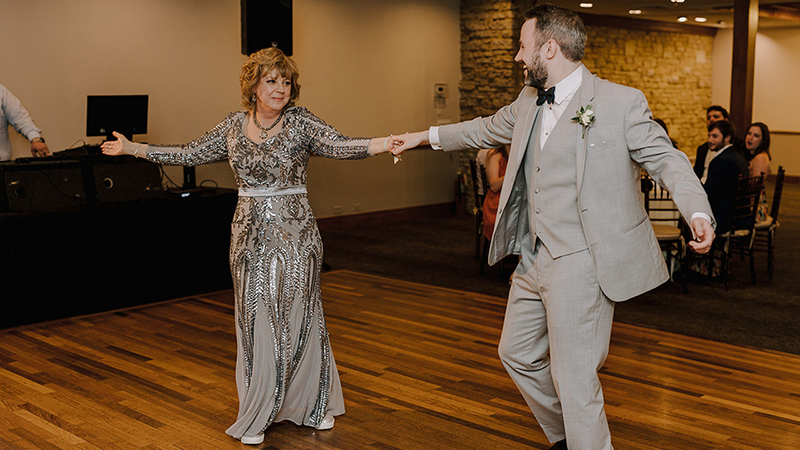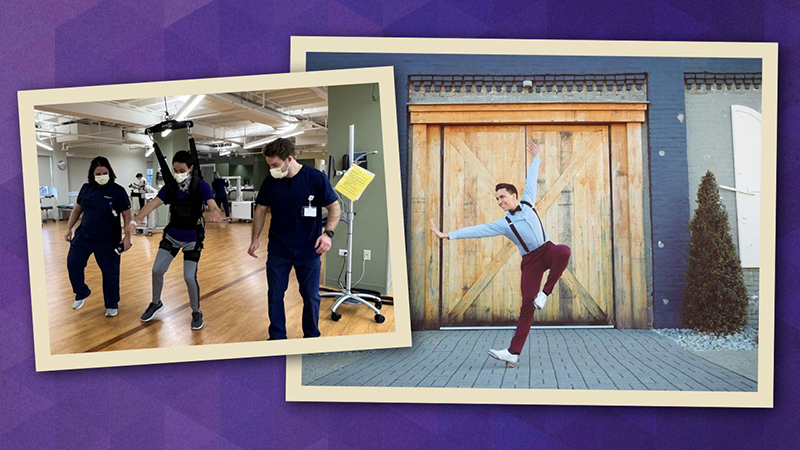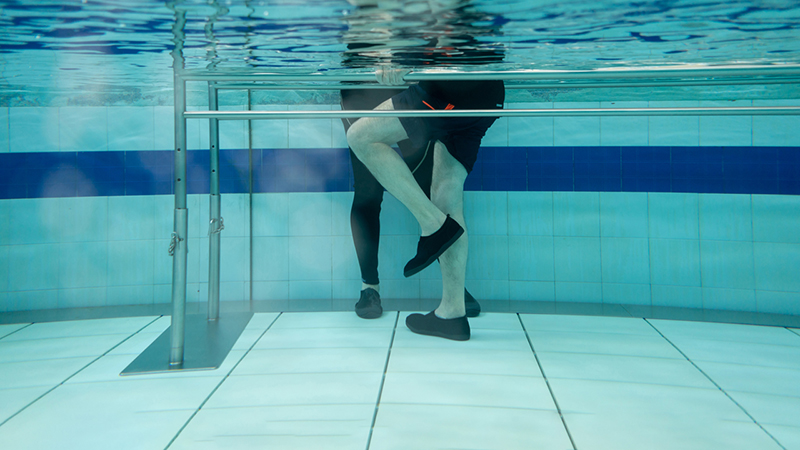
Occupational Therapy

Physical Therapy
Physical therapists can help you learn how to manage your condition, reduce pain and restore mobility.

Speech Therapy
Our speech-language pathologists evaluate and treat communication, cognitive, feeding and swallowing disorders.






